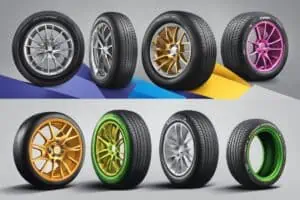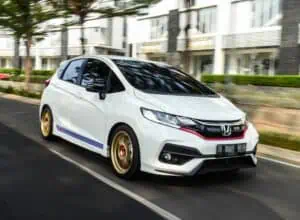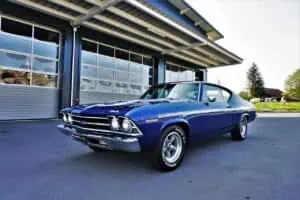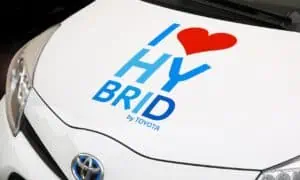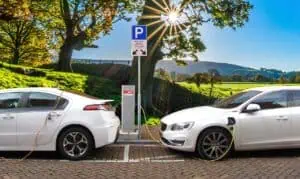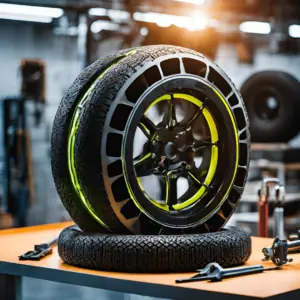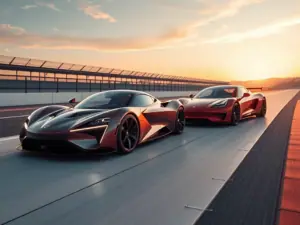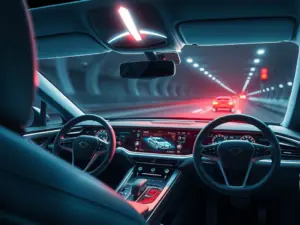Imagine Honda and Nissan as two longtime rivals in a three-legged race. They’ve been competing for years, but now they’re thinking, “Hey, maybe if we team up, we can win this thing!” It’s like when you and your sibling finally decide to work together to convince your parents to get a dog.
Current Status of the Collaboration:
The proposed merger between Honda and Nissan, announced in December 2024, is facing significant challenges. Recent reports suggest that the merger talks may be suspended or even canceled due to disagreements over the terms of the deal.
More info can be found here from Motor1.
Electric Vehicle Market Competition:
If successful, the merger would create the world’s third-largest automaker, after Toyota and Volkswagen, with combined sales of about 8 million vehicles globally. The merged entity could potentially enhance its market positions in North America (a major market for Honda and Nissan) and Southeast Asia (where Honda and Mitsubishi have a strong presence).
However, there are concerns about overlapping product lines and markets, which could lead to inefficiencies and the need for significant restructuring. These guys are feeling the heat. It’s like they’re running a marathon, but suddenly everyone else started using hoverboards (hello, Tesla!). They’re thinking, “Uh-oh, we better find a hoverboard quick, or we’re toast!”
Future of Electric Vehicles:
The collaboration was partly motivated by the need to catch up in the EV market, where both Honda and Nissan have lost significant market share, especially in China. The merger was seen as a way to accelerate EV development and production, but its cancellation could mean that both companies will need to find alternative strategies to compete in the rapidly evolving EV market.
If they team up, it could be pretty sweet. They could split the bill on those expensive EV toys (I mean, tech), and maybe finally afford that cool autonomous driving gadget everyone’s talking about. It’s like when you and your buddy decide to go halfsies on a PlayStation – suddenly, you’re in the game!
Implications for Innovation:
The merger was seen as an opportunity for the companies to pool resources for research and development, particularly in areas like electric vehicles (EVs) and software development. However, both Honda and Nissan are currently lagging in EV product development and lineup expansion, which could limit the immediate positive impact on innovation in this sector.
The companies were hoping to leverage economies of scale to reduce costs and achieve growth strategies, especially in the face of heavy investment burdens in battery manufacturing and software development.
The Awkward Part:
But here’s the thing – it’s kinda like an arranged marriage. They’ve got different vibes, different ways of doing things. It’s like trying to merge your rock band with your cousin’s K-pop group. Could be amazing… or a total disaster.
Sustainability Initiatives:
The merger was seen as a way for the companies to share the financial burden of developing more sustainable technologies, particularly in the EV space. However, the impact on sustainability initiatives might be limited in the short term due to both companies’ current lag in EV development.
There’s this nagging thought – what if they get too comfy? Remember how your older brother got lazy when he didn’t have to compete with you anymore? Yeah, that could happen here too.
Impact on Consumer Choices:
The merger could potentially lead to a broader range of vehicle options under a single corporate umbrella, combining strengths from each brand. However, there are concerns about potential product overlap and the need for rationalization, which could actually reduce some consumer choices in the long run.
It’s similar to having an identity crisis. It’s like when you join a new friend group and suddenly don’t know if you’re still the “funny one.” Honda and Nissan might have a “Who am I?” moment if they’re not careful.
The Gossip:
Wall Street (you know, the money people) are giving this whole thing some serious side-eye. It’s like when you announce you’re dating the school rival, and everyone’s like, “Umm… you sure about that?”
The Alternatives:
Maybe instead of moving in together, they could just… hang out sometimes? Like, work on a science project together but still keep their own friend groups?
This Is Just The Beginning:
If this works out, it might start a trend. Suddenly, everyone in the auto industry might be looking for their “better half.” But if it flops? Ooh boy, it’ll be the talk of the town – and not in a good way.
While the proposed collaboration between Honda and Nissan (with potential involvement from Mitsubishi) held promise for addressing challenges in innovation, market competition, and EV development, the current uncertainty surrounding the merger means that these potential benefits may not be realized. Each company may need to pursue individual strategies to remain competitive in the evolving automotive landscape, particularly in the EV sector.
In the end, it’s like watching a high-stakes episode of a reality TV show. Will they make it work and cruise off into the sunset together? Or will it end in tears and squealing tires? In conclusion, while I see the strategic logic behind this move, I have reservations about its execution and long-term impact. The automotive industry needs transformation, but whether large-scale mergers are the answer remains to be seen. The outcome of this collaboration attempt could significantly influence future strategies in the automotive industry.








